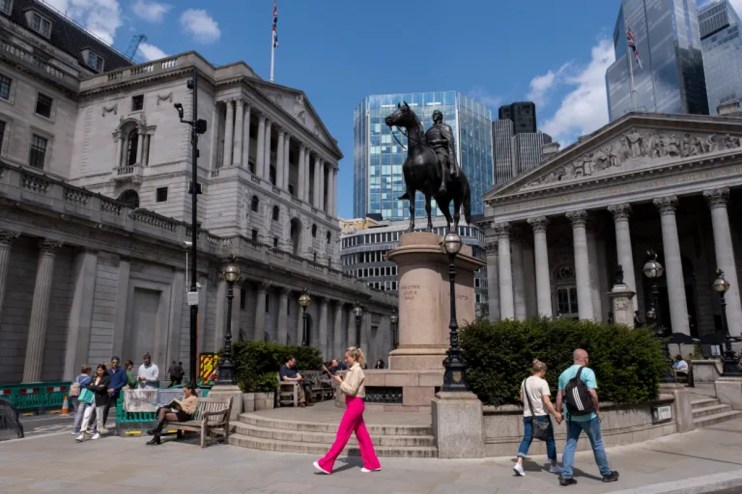Paragon Bank extends two-week rally after RBC upgrades specialist buy-to-let lender

Paragon Bank shares rose as much as 2.7 per cent on Wednesday in the specialist lender’s 11th consecutive session of gains after RBC Capital Markets upgraded the stock to outperform from sector perform on the back of strong full-year results.
Shares have pared losses from earlier in the year, rising 28 per cent over the last month while most UK lenders have fallen on the back of higher-for-longer interest rates becoming a burden.
The Solihull-headquartered bank specialises in providing finance to buy-to-let landlords and SMEs.
Analyst Benjamin Toms said in a note that RBC had “underappreciated” the quality of the company based on its latest results.
Last week Paragon beat expectations when it reported a 25 per cent increase in annual profits and announced a further £50m share buyback. The stock jumped 10 per cent following the results.
It also recorded loan book growth of 4.7 per cent with the loan book expanding from £14.2bn to £14.9bn.
“In our view, the bank has irresistible momentum going into next year,” Toms said.
“Operating trends are impressive, and there are potential catalysts from a softening of Basel 3.1 and IRB approval,” he added.
The Bank of England announced yesterday the Basel rules on capital requirements would have a “low” impact on UK banks.
RBC raised its price target on the stock to 850p from 700p, noting that Paragon had the third most consistent earnings since 1999 out of 45 European banks.
Its three-year average total shareholder return of 18 per cent is also the second highest amongst RBC’s UK banks coverage.
Toms also highlighted the bank’s “strong deposit franchise”, which he said would become “increasingly important as the sector starts to pay back TFSME”.
In early 2024, banks will have to start repaying emergency loans given to them by the Bank of England at the start of the Covid-19 pandemic through the £193bn Term Funding Scheme with additional incentives for SMEs (TFSME).
Banks have already started hiking deposit rates to attract savers and replace the central bank’s funding.